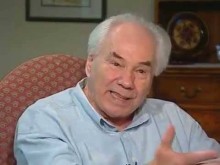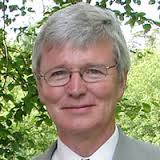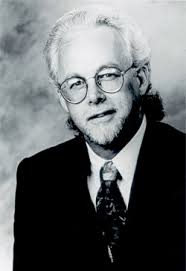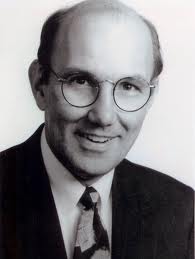 I find the history of drug use quite fascinating. Here’s a brief history focusing on one class of drug.
I find the history of drug use quite fascinating. Here’s a brief history focusing on one class of drug.
Opiate, or opioid, refers to any drug, either natural or synthetic, that has properties similar to opium or its main active ingredient, morphine. Opium comes from one type of poppy, Papaver Somniferum.
Opium was used by the Summarian and Assyrian civilisations as long ago as 4,000 B.C. It is mentioned in Egyptian medical scrolls dating to 1550 B.C. Greek and Roman physicians made medical use of opium. The use of opium spread from the Middle East with the expansion of the Islamic religion. While the Koran forbade use of alcohol and other intoxicants, opium was not banned. When tobacco smoking was banned by a Chinese emperor in 1644, the Chinese invented the practice of opium smoking.

 Slaying the Dragon: The History of Addiction Treatment and Recovery in America
Slaying the Dragon: The History of Addiction Treatment and Recovery in America Throughout history there have been all sorts of attempts to regulate or control the use of certain drugs. It is generally assumed and rarely argued that it is all done for the greatest good, to help reduce the health and social problems caused by drugs. However, a closer look at the origins of prohibition reveals a more complicated picture. Ideological, political and economic interests play a major role.
Throughout history there have been all sorts of attempts to regulate or control the use of certain drugs. It is generally assumed and rarely argued that it is all done for the greatest good, to help reduce the health and social problems caused by drugs. However, a closer look at the origins of prohibition reveals a more complicated picture. Ideological, political and economic interests play a major role. I’ve always been interested in historical perspectives surrounding the use of psychoactive drugs. Drug use, and views about drug use, have not always been the same across time. In April 2005, I wrote the first of a short series on the historical use of opium, morphine and opiates for
I’ve always been interested in historical perspectives surrounding the use of psychoactive drugs. Drug use, and views about drug use, have not always been the same across time. In April 2005, I wrote the first of a short series on the historical use of opium, morphine and opiates for 








